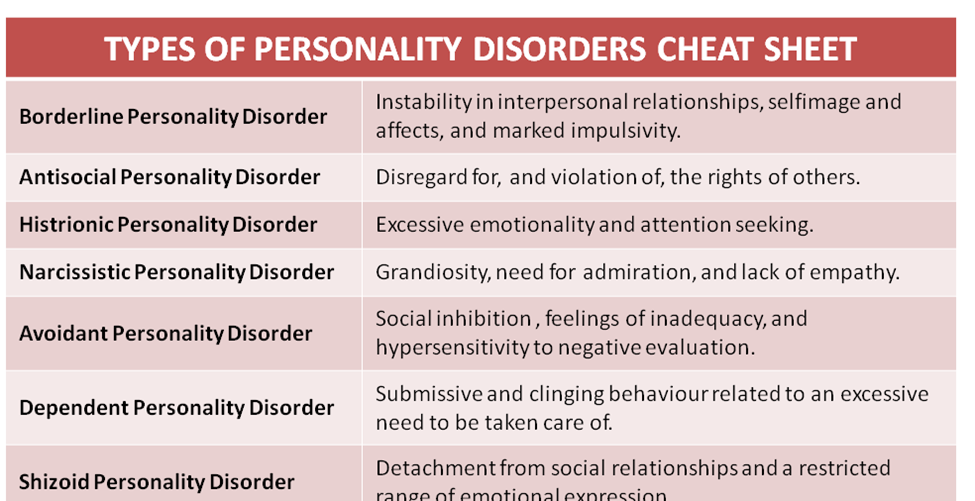A client diagnosed with borderline personality disorder brings up a conflict with the staff in a community meeting and develops a following of clients who unreasonably demand modification of unit rules. How can the nursing staff best handle this situation?
Maintain consistency of care by open communication to avoid staff manipulation
Maintain unit order by the application of autocratic leadership
Allow the clients to apply the democratic process when developing unit rules
Allow the client spokesperson to verbalize concerns during a unit staff meeting
The Correct Answer is A
A. Maintain consistency of care by open communication to avoid staff manipulation: This is the correct answer. Borderline personality disorder (BPD) clients may engage in splitting behaviors, which involve polarized views of staff as either all good or all bad. Maintaining consistency of care and open communication can help prevent manipulation and ensure fair and transparent interactions.
B. Maintain unit order by the application of autocratic leadership: Autocratic leadership, characterized by a top-down approach with limited input from others, may not be the most effective strategy in this situation. It may lead to resistance from clients and potentially escalate the conflict.
C. Allow the clients to apply the democratic process when developing unit rules: While democratic processes are generally beneficial, allowing clients to unreasonably demand modifications of unit rules without considering the overall impact on the therapeutic environment may not be appropriate. It's important to balance client involvement with maintaining a structured and therapeutic milieu.
D. Allow the client spokesperson to verbalize concerns during a unit staff meeting: While it's important to provide a platform for clients to express concerns, allowing a spokesperson to verbalize concerns during a staff meeting should be done in a manner that maintains order and follows the therapeutic goals of the unit. It should not involve unreasonably demanding modifications without a careful consideration of the impact on the overall treatment milieu.
Nursing Test Bank
Naxlex Comprehensive Predictor Exams
Related Questions
Correct Answer is D
Explanation
A. Histrionic Personality Disorder:
Individuals with histrionic personality disorder typically seek attention and may be overly dramatic, but self-harm as a response to perceived abandonment is not a characteristic feature.
B. Obsessive-Compulsive Personality Disorder (OCPD):
People with obsessive-compulsive personality disorder are characterized by perfectionism, preoccupation with details, and a desire for control. Michelle's behavior, including self-harm in response to perceived rejection, aligns more closely with borderline personality disorder.
C. Narcissistic Personality Disorder:
While narcissistic individuals may exhibit a sense of superiority and a desire for admiration, self-harm in response to abandonment is not a typical trait of narcissistic personality disorder.
D. Borderline Personality Disorder (BPD):
This personality disorder is characterized by unstable relationships, self-image, and emotions. Individuals with BPD may have intense fears of abandonment and engage in impulsive and self-destructive behaviors. Michelle's perception of being disliked, her claim of superiority, and the self-harming action in response to news of the nurse's vacation are consistent with BPD.

Correct Answer is B
Explanation
A. Allow the client to pace alone until physically tired: While pacing can be a coping mechanism, leaving the client alone may not be the most therapeutic approach. It is important for the nurse to provide support and assess the client's emotional state.
B. Walk with the client at a gradually slower pace: This is the correct answer. Walking with the client at a gradually slower pace allows the nurse to offer support and engage in therapeutic communication. It provides a calming presence and can assist the client in self-regulating their anxiety.
C. Have a staff member escort the client to her room: Escorting the client to her room might be perceived as restrictive or punitive. It is generally more beneficial to engage in supportive interventions and encourage coping strategies.
D. Instruct the client to sit down and stop pacing: Giving direct orders to stop pacing may increase anxiety and may not be an effective approach. It is often better to engage in a supportive manner and explore ways to help the client manage their anxiety.
Whether you are a student looking to ace your exams or a practicing nurse seeking to enhance your expertise , our nursing education contents will empower you with the confidence and competence to make a difference in the lives of patients and become a respected leader in the healthcare field.
Visit Naxlex, invest in your future and unlock endless possibilities with our unparalleled nursing education contents today
Report Wrong Answer on the Current Question
Do you disagree with the answer? If yes, what is your expected answer? Explain.
Kindly be descriptive with the issue you are facing.
